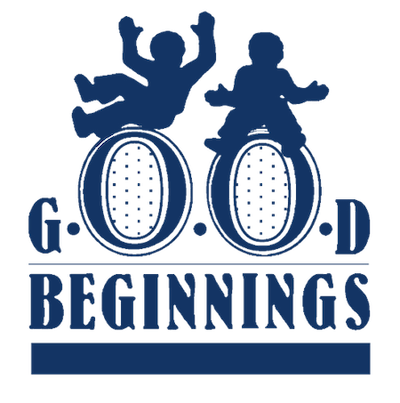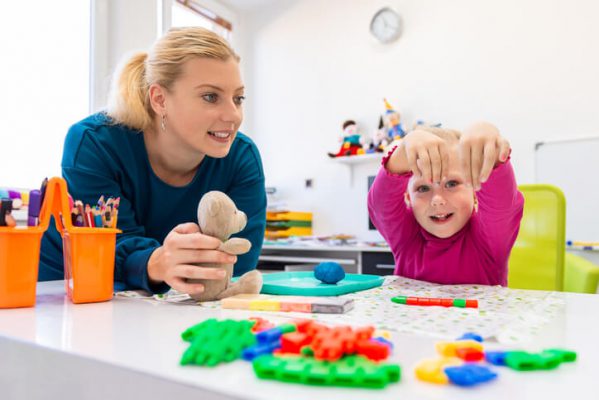Pediatric Physical Therapy
Pediatric Physical Therapy focuses on assisting children with promoting independence in activities of everyday life.
Our Pediatric Physical Therapists take great pride in enhancing children and families’ quality of life by improving a child’s strength, balance, mobility, and facilitating age-appropriate gross motor skills. They also assist with reducing or eliminating pain with any of the above.
Our Pediatric Physical Therapists use evidence based techniques to address posture, breathing, movement patterns, tone related challenges, and improve gross motor skills. Through tailored activities, they aim to improve independence, mobility, and participation at home, school, and in the community.
What does pediatric physical therapy treat or manage?

Pediatric physical therapy is aimed at addressing a wide range of challenges that children may face in their daily lives. Here are some common areas that pediatric physical therapy can treat or manage:
- Infant Development: pediatric physical therapists are experts in the developmental skills of infants, month by month from birth through their first birthday; they facilitate achievement of these milestones through developmental exercises
- Torticollis-asymmetry at the neck that affects how a baby moves their head, looks at objects and achieves gross motor skills
- Plagiocephaly-asymmetry in skull shape that starts in early infancy due to positioning and lack of mobility
- Gross Motor Skills: Physical Therapists are experts in movement task analysis as well as what is expected for age. They watch a child move and identify which muscles and movement motor plans need to be retrained.
- Balance: improving general balance during functional movement as well as for specific tasks such as standing on one leg and hopping
- Gait: pediatric physical therapists analyze how a child is walking and how to improve speed, quality of movement, efficiency, and reduce pain.
- Sensory Processing: our pediatric physical therapists are also trained in supporting children’s sensory development to facilitate their progress with PT goals.
- Equipment: pediatric physical therapists are knowledgeable about equipment used to support mobility goals such as orthotics, walkers, postural supports, and other assistive devices
Overall, pediatric pediatric therapy aims to improve children’s independence, mobility, and overall quality of life in home, school, and community settings.
Does my child need Physical Therapy?
Pediatric Physical Therapy may be beneficial for children who experience challenges or delays in various areas of development that impact their ability to participate in daily activities.
Some indicators that your child might benefit from physical therapy include:
- They’re not meeting developmental milestones for their age group.
- They struggle with motor skills like tummy time, rolling, sitting, crawling, or taking steps
- They have an asymmetry at the neck, face, or skull (torticollis &/or plagiocephaly)
- They have difficulty with gross motor skills such as navigating stairs, jumping, climbing play equipment, and kicking, catching, or throwing a ball
- They have balance challenges, including stepping over objects, standing on one leg, hopping, and navigating unsteady surfaces
- They have challenges with gait (walking); this includes moving slower for age, tripping easily, being unable to run, or toe-walking
- They have postural challenges such as slouching when sitting, looking asymmetrical from side to side, or have an excessive arch in their lower back.
- They have endurance issues when keeping up with children their age-are out of breath, seem weaker, become tired and need to rest more easily
- They complain of pain in any of their muscles, joints, or bones.

When is the best time to get pediatric physical therapy?
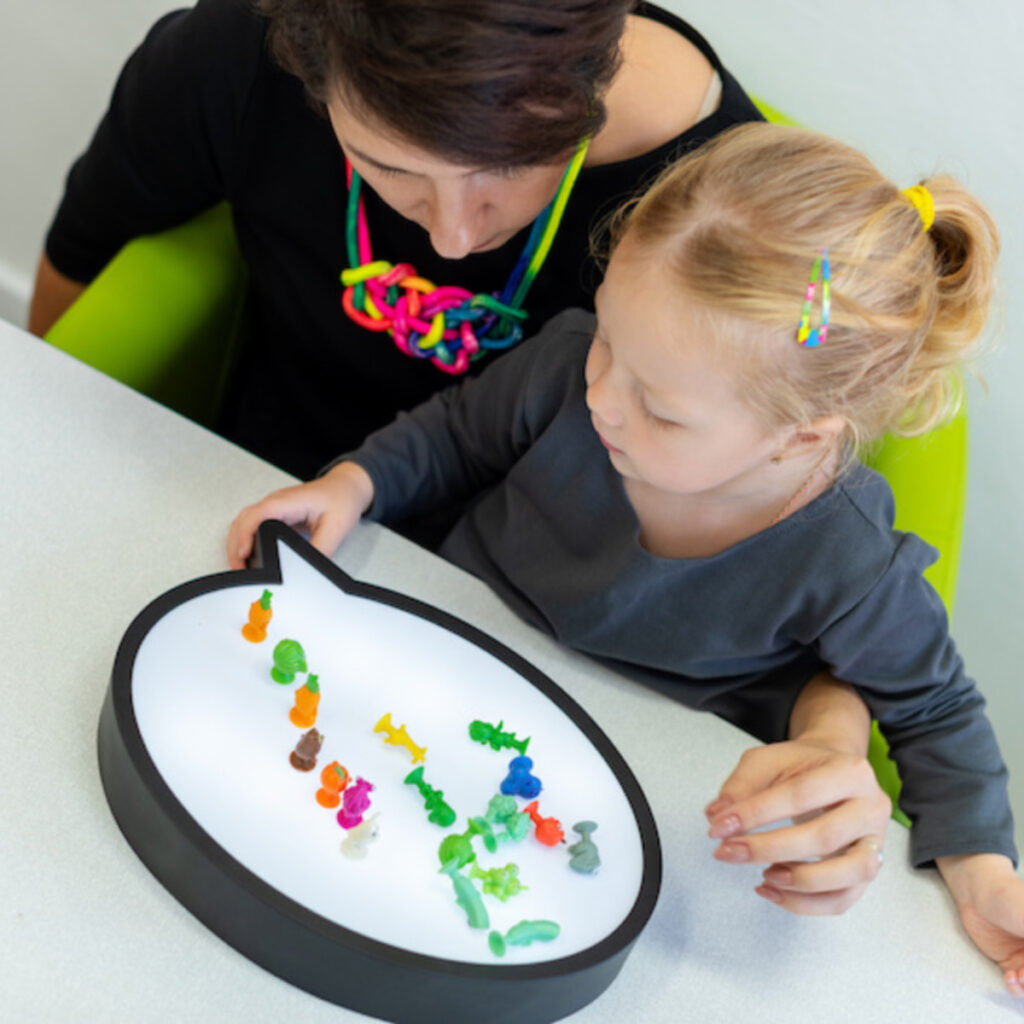
The ideal time to pursue pediatric physical therapy is the moment you notice a concern. An evaluation will assess your child’s function, identify if therapy is needed, and help set goals. Since development is a continuous journey, obtaining information and assistance early on can only benefit your child!
Physical therapy might be beneficial for your child if you notice any of the following:
- They seem to be falling behind on reaching the typical milestones for their age, starting with infancy.
- If you notice any asymmetry at the skull or neck and how they move
- They struggle with basic motor skills, like balance, coordination, ball skills (catching, throwing, kicking)
- They are toe-walking or have other visible challenges when walking.
- Navigating the playground is a challenge for them.
- School is reporting they are not keeping up with their peers.
- They complain of pain in their muscles, bones, and joints.
- If your child has specific conditions affecting their muscles, bones, nerves, cognition, or genetics—such as cerebral palsy, Down syndrome, autism, injuries, surgeries, or muscular dystrophy—physical therapy could be particularly beneficial.
You’re in Good Company
What other Happy Familes have to say
Questions about how pediatric physical therapy can help your child succeed?
Ask Amy

Amy O’Malley
Director Of Programming
How is Good Beginnings Pediatric Therapy Different from other Clinics?
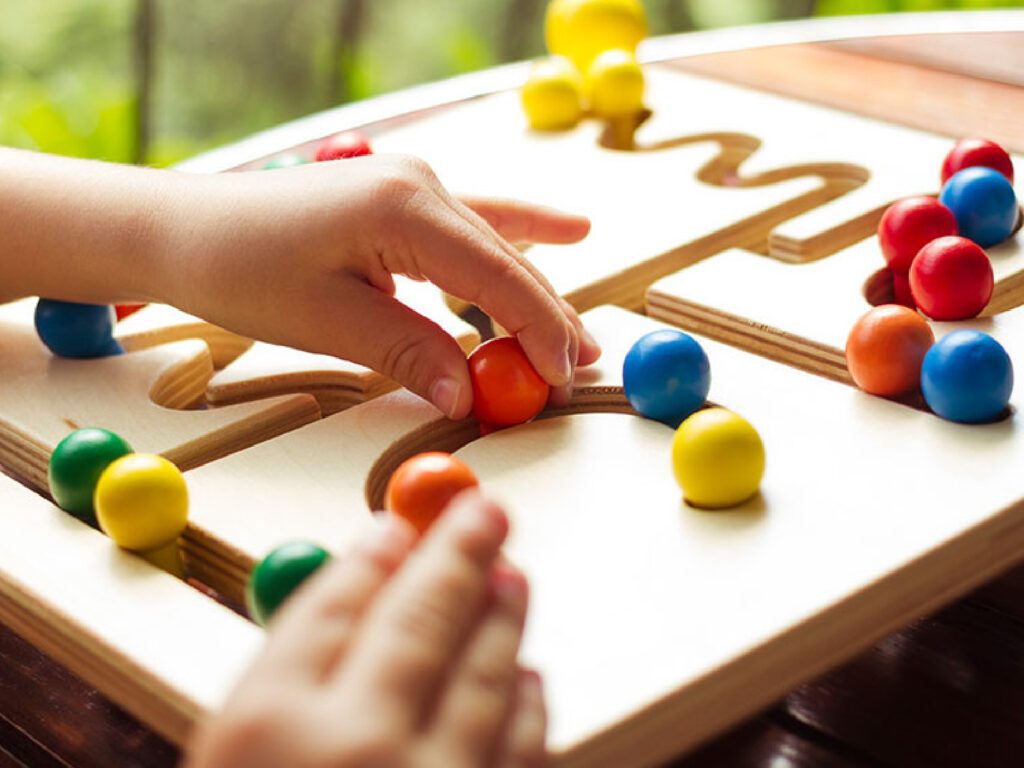
1-on-1 Treatment Session
We do not use support staff or paraprofessionals. Your child is working directly with your therapist the entire session.
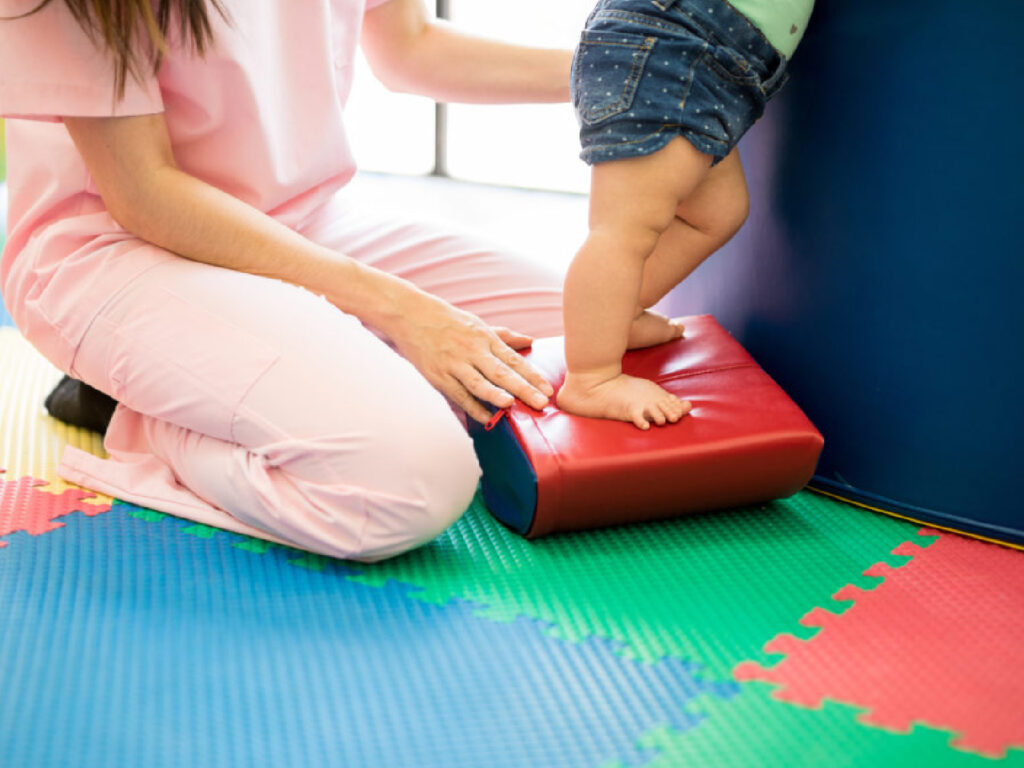
Helping families for over 34 years
Independently female owned and operated, we have been successful helping multiple generations of families.
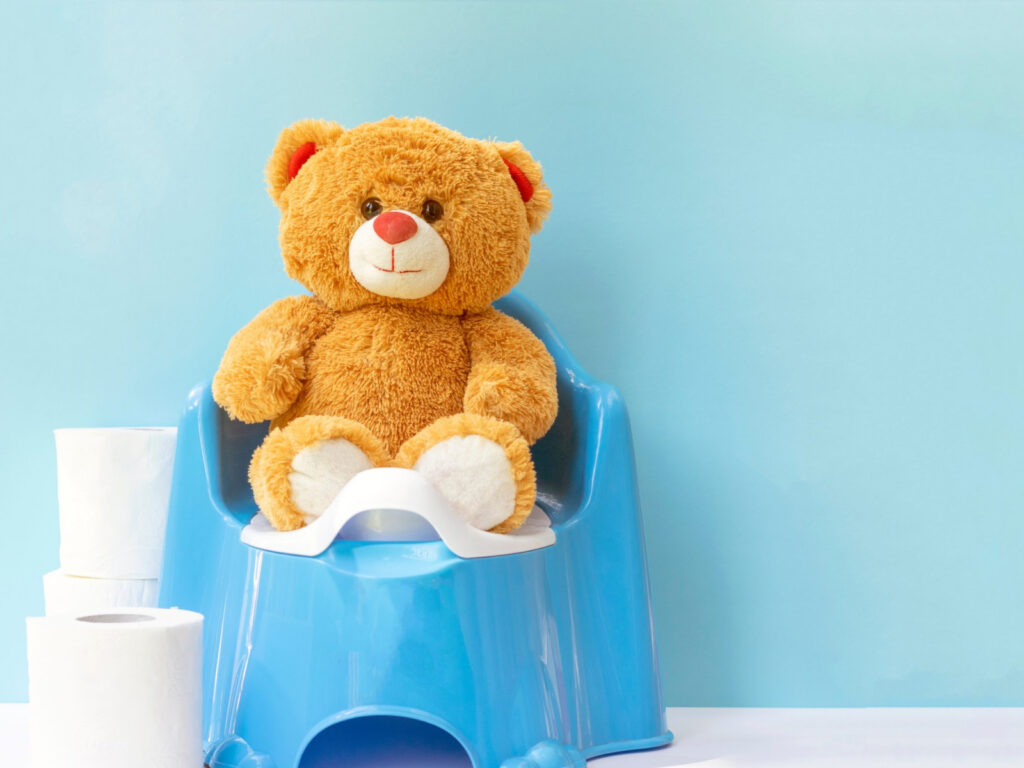
Help Beyond Treatment Sessions
We support you at the treatment session and beyond. We collaborate with other team members, clinicians, and your school at your request.

100+ years of combined experience
Our therapists possess extensive training, experience, and longevity in the field. Our team includes both recent graduates with the latest knowledge and seasoned therapists with over 25+ years of experience.
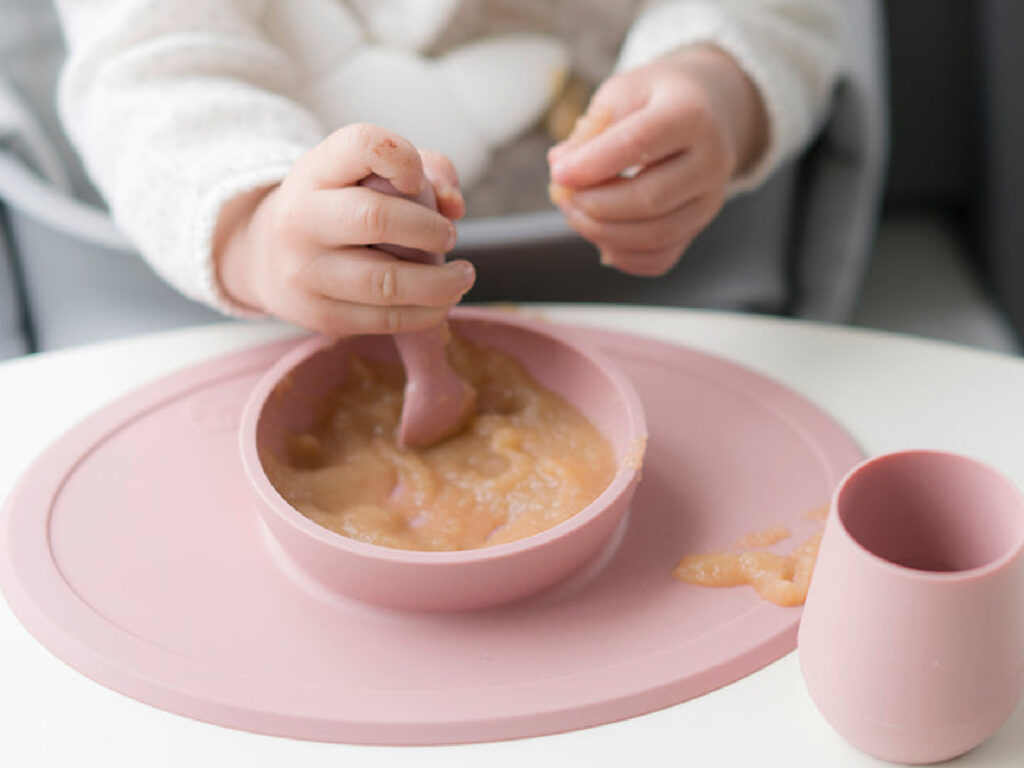
Flexible Schedule and Billing Options
Our scheduling and billing teams are here to maximize your time with your therapist and guide you through the complexities of insurance. make everything easy so you can focus on your child.

Supporting the Community
We educate and empower the community beyond the clinic through free talks, professional training, and sharing our expertise on social media.
FAQ
Pediatric Occupational Therapy (OT) focuses on helping children develop the skills needed for daily activities, such as self-care, play, and school tasks. OTs work on fine motor skills, sensory processing, executive function abilities, self-regulation and social interactions to improve a child’s independence and participation in daily life. In contrast, Pediatric Physical Therapy (PT) primarily addresses gross motor skills, mobility, strength, and balance. PTs help children with movement challenges due to conditions such as injuries, developmental delays, or neurological disorders, aiming to improve their physical function and overall quality of life. While both disciplines aim to enhance children’s well-being, OT focuses on activities and participation, while PT emphasizes movement and physical function.
Choosing a pediatric practice vs. an adult practice for your child ensures access to specialized expertise tailored to children’s unique needs. With a child-friendly environment and staff trained to interact positively with young patients, Good Beginnings create a comfortable and reassuring atmosphere. We offer developmentally appropriate care, adapting treatment techniques to match each child’s age and stage of development. At Good Beginnings we prioritize family-centered care, involving parents and caregivers as partners in their child’s healthcare journey.
With each session, we also equip you customized knoweldge to take home to help it easier for you and your child. However, here are general tips that can help your child succeed better.
- Help prepare your child: Talk to your child about what to expect during OT sessions in a positive and reassuring manner. Let them know that the therapist is there to help them learn and grow.
- Choose the Right Time: Schedule OT sessions at times when your child is well-rested and alert, to maximize their engagement and participation.
- Create a Comfortable Environment: Ensure that your child feels comfortable and relaxed during OT sessions. Bring any comfort items that might help, such as a favorite toy or blanket.
- Offer Encouragement: Provide plenty of praise and encouragement during OT sessions to boost your child’s confidence and motivation. Celebrate their successes, no matter how small, and offer support when they encounter challenges.
- Stay Involved: Stay engaged and involved in your child’s therapy process. Ask questions, participate in activities when appropriate, and communicate openly with the therapist about your child’s progress and any concerns you may have.
- Practice at Home: Work on activities and exercises recommended by the therapist at home to reinforce skills learned during OT sessions. Make practice fun and incorporate it into daily routines whenever possible.
- Be Patient and Understanding: Be patient with your child and with the therapy process. Every child progresses at their own pace, and it’s important to celebrate their individual achievements along the way.
We develop individualized treatment plans based on the results of your evaluation; treatment frequency is typically 1-2x per week, and may decrease as treatment progresses. Treatment lasts as long as it takes to meet the goals or reach a plateau where therapy has been maximized. This varies depending on the diagnosis, age of the child, and any complicating factors.
Each Pediatric Occupational Session last approxiamtely 50 – 55 minutes.
We accept credit cards* (Visa, Mastercard, Discover, HSA Cards) and checks. Most families prefer to securely store their credit card on file for automated monthly payments. Online payments can be made through this link.
Payment by checks can be given directly to your therapist or mailed to PO Box 679 Smithsburg, MD 21783.
*Note, a 3% processing fee applies to all credit card payments.
We work with many insurances and have a Billing Department to assist. We can submit claims, provide bills, and assist you with maximizing your insurance coverage. Please contact us at 703.536.1817 to learn how we work with your insurance. We do not work with Medicaid at this time.
